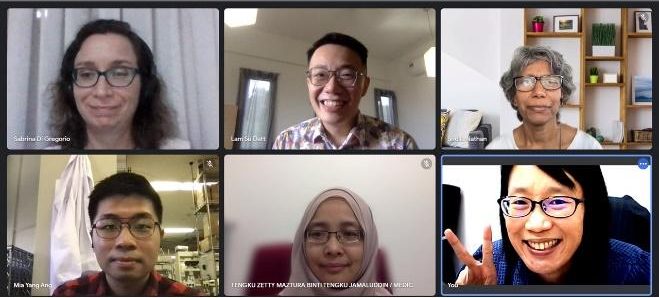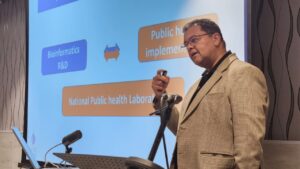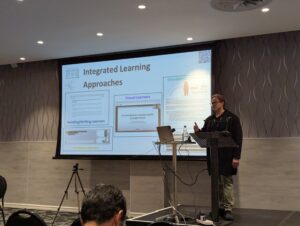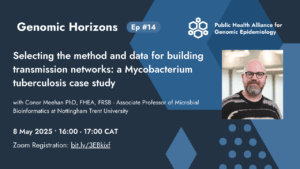Thanks to the Bill and Melinda Gates Foundation, PHA4GE received funds that were utilized to implement standardized bioinformatics practices, pipelines, and data structures in either anti-microbial resistance (AMR) or SARS-CoV-2 sequencing within national public health laboratories. We look at six teams, from five different low to middle income countries (LMICs), that successfully completed these projects.
PHA4GE chats to Dr. Hui-min Neoh from National University of Malaysia (Universiti Kebangsaan Malaysia). They share on what worked well, what could have been done differently and what they envision as next steps in being responsive to disease outbreaks.
Dr. Neoh, what worked well in implementing the AMR project?

Our team members are from laboratories in different locations (i.e. Malaysia, Argentina and Tokyo). The open access format with clear and easy installation instructions from the hAMRonization GitHub made the platform very user-friendly. hAMRonization helped us obtain standardized analysis output from various AMR software used in the different laboratories of our team members; this eased the comparison of AMR genes from pathogens of interest that we were working on. We found both html (GUI) and excel output formats of hAMRonization useful and we highly recommend the platform for our colleagues working on AMR.
In your own opinion, what did not work well and how could this have been done differently?
Due to inherent differences in AMR software algorithms, there will be some differences in the AMR analysis output between laboratories which uses different AMR software for analysis. This could be solved with collaborating laboratories using the same software for analysis prior plugging the output into hAMRonization. Inclusion of epidemiological and clinical information (besides AMR gene information) into the tool will be useful for public health analysis.
What are the next steps for you and your team?
We are working to establish a Google Colab suite to ease hAMRonization installation in laboratories without bioinformaticians. We also plan to create a manual of the tool for future users.



